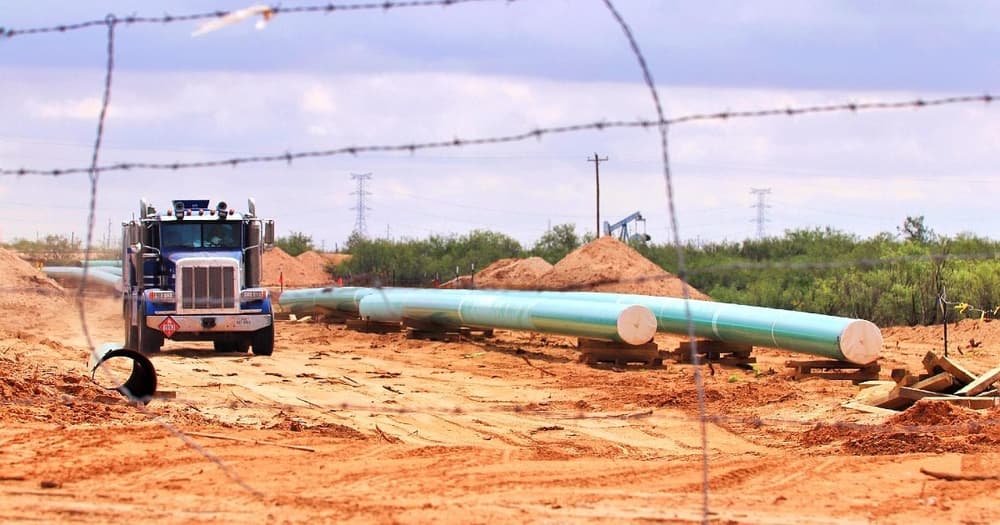Across the oil patch, trucking companies claim it has become much harder to find enough commercially licensed truck drivers in West Texas to keep up with rising demand.
Three years ago Clint Concord could hire 20 new workers a day in the West Texas oil patch to meet the constant demand from his production company clients.
But today, with the Permian booming again, Concord said he's lucky to find one qualified candidate every two days to keep up with the work.
Concord, a senior operations at Byrd Oilfield Service, estimates his company is losing $7,000 a day because it still doesn't have enough truck drivers to deliver equipment to its crews.
"Some people got smart and got out of the oil field," Concord told the Houston Chronicle. "They're finding other career paths because they can't handle the inconsistency of it."
Even in the prolific West Texas oil patch, it's as if thousands of workers have disappeared. Bandy Watkins, a salesman at energy service company Pinnergy in Midland, has posted ads on social media, put up flyers in truck stops and paid for ads on radio stations and local newspapers in the search for truck drivers. But he hasn't found nearly enough to hire.
"I don't know where they went," Watkins told the Houston Chronicle. "Finding CDL fracking truck drivers is now extremely hard."
Across the oil patch, trucking companies claim it has become much harder to find enough commercially licensed truck drivers in West Texas to keep up with rising demand. Some truckers, particularly those with years of experience, can make as much as $4,000 a week - $200,000 a year. And the shortage of drivers could worsen.
The Department of Transportation will soon begin requiring US truckers to use electronic logs to keep track of the time they spend on the road and idled - a rule that will make it harder for truckers to work beyond certain driving time limits.
Many veteran drivers, who would likely earn less under the new rules, are expected to retire.

